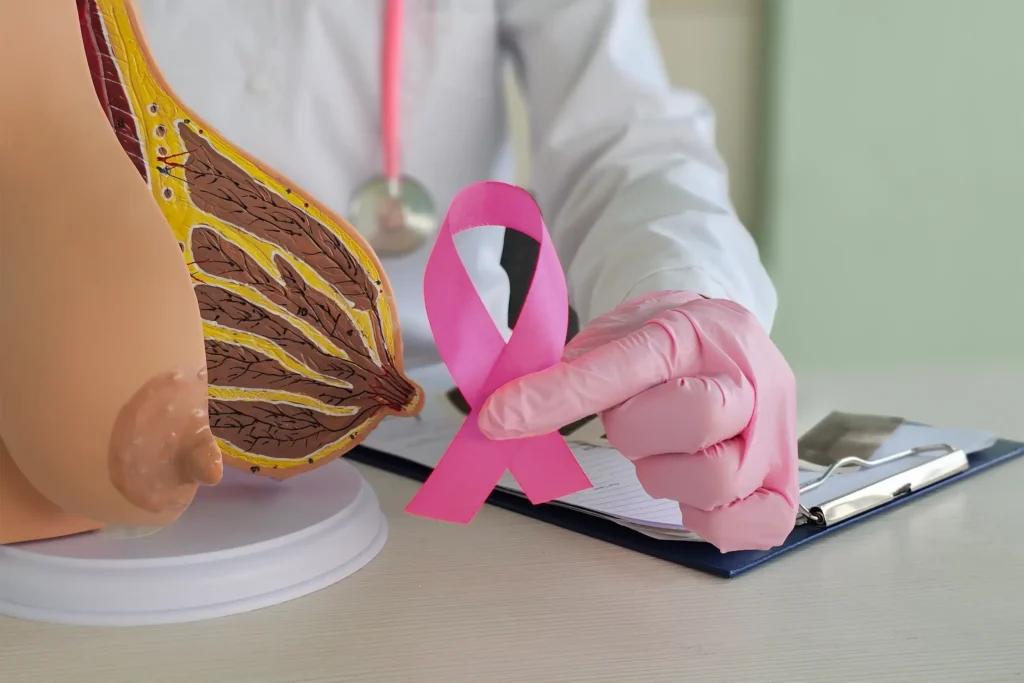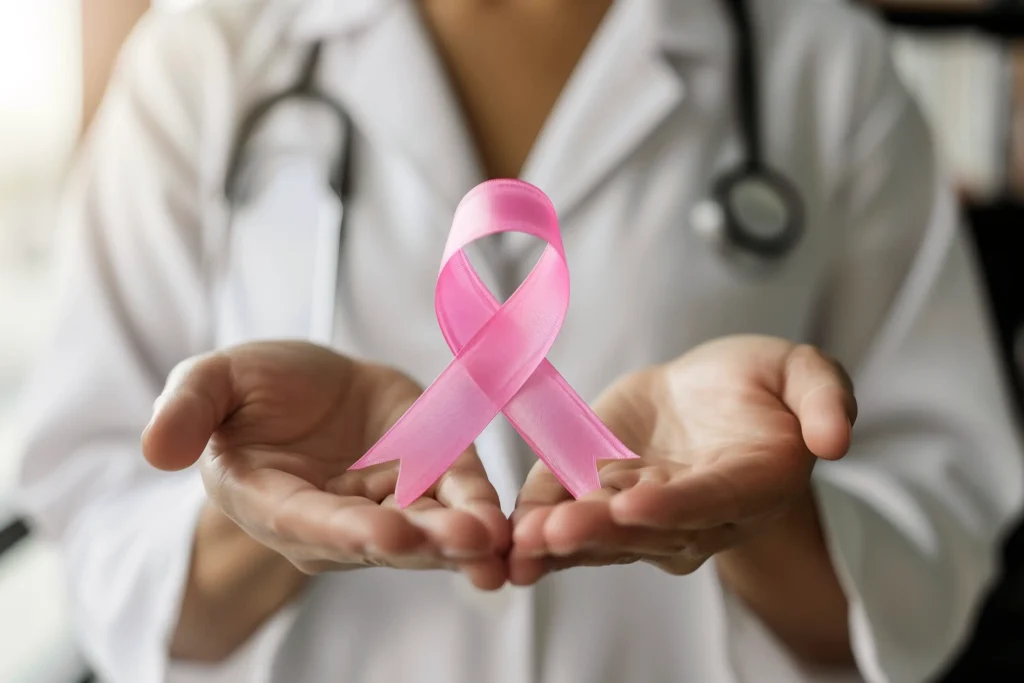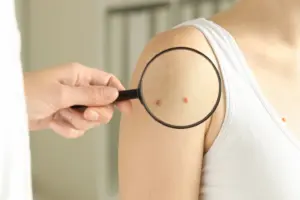
Stages of breast cancer: Hearing the word ‘breast cancer’ can be very scary. But understanding the stages of breast cancer can let you know what’s going on and what treatment options might be available. Whether you are supporting a loved one or facing a diagnosis yourself, having clear information can make a big difference.
What are the different stages of breast cancer?
Doctors use staging to explain how far cancer has spread in the body. Stages help determine how serious the condition is and guide treatment decisions. The classification is based on factors such as the size of the tumor, whether lymph nodes are involved, and whether the cancer has spread to other parts of the body.
Also Read | Is that mole dangerous? Skin cancer signs you can’t afford to miss
Stage 0: Ductal carcinoma in situ
Stage 0 is the earliest form of breast cancer, often referred to as non-invasive breast cancer. Ductal carcinoma in situ (DCIS) means the cancer begins in the milk ducts and has not spread beyond them. At this stage, most women do not experience symptoms, and it is usually detected during a routine mammogram. The cancer cells remain confined to the ducts without affecting the surrounding breast tissue.
Treatment typically involves a lumpectomy and, in some cases, radiation therapy. The encouraging news is that Stage 0 has an excellent prognosis, and many women are cured with appropriate treatment.
Stage I: Early-stage invasive breast cancer
At Stage I, the cancer begins to move into nearby breast tissue but remains small and treatable. The tumour is usually 2 cm or less, and it may or may not have reached a small number of lymph nodes. Some women may notice a small lump in the breast, while others have no symptoms at all. Treatment often includes surgery, along with radiotherapy or hormone therapy, depending on the case.
Stage II: Larger tumour or more lymph nodes involved
Stage II breast cancer means the tumour has grown larger, typically between 2 and 5 centimetres, or has spread to a few nearby lymph nodes, usually under the arm. While it is more advanced than earlier stages, it is still highly treatable. Symptoms may include a noticeable lump in the breast, swelling in the armpit, or changes in breast size and shape. Treatment options often involve surgery, lymph node removal, radiation, and sometimes chemotherapy.

Stage III: Locally advanced breast cancer
This stage indicates a more advanced form of cancer that may have spread to nearby tissues but not to distant organs. The tumour is usually larger than 5 cm, or the cancer has spread to four or more lymph nodes. In some cases, it may also invade the chest wall or skin. Doctors further classify it into subcategories based on the tumour’s exact size and spread.
Treatment often involves a combination of surgery, chemotherapy, radiation, and hormone therapy.
Stage IV – Metastatic breast cancer
This is the most advanced stage of breast cancer. At this point, the cancer has spread beyond the breast and nearby lymph nodes to other parts of the body, such as the lungs, liver, bones, or brain.
Although Stage 4 is not considered curable, it is manageable. Many people live with it as a long-term condition, supported by ongoing treatment. Common symptoms may include bone pain, shortness of breath, swelling in different areas of the body, or unexpected weight loss.
Also Read | Is your body trying to warn you? Most overlooked early symptoms of cancer
Treatment options include chemotherapy, hormone therapy, targeted therapies, radiation, and sometimes surgery.








